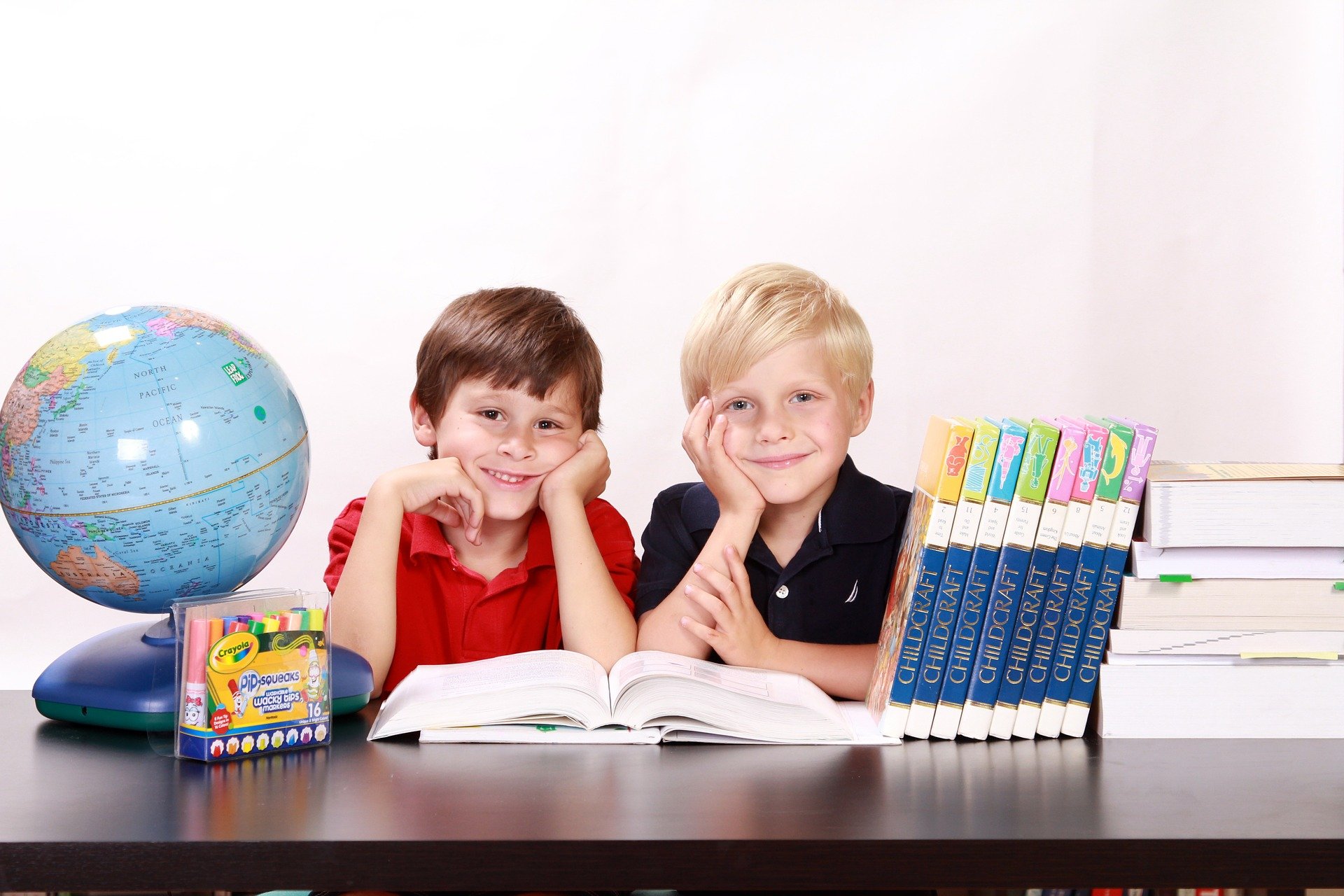Let’s compare the school systems of Russia and the United States.
In Russia, all students study the same courses and are given clearly defined hours for subjects. While the US system is aimed at individual education, children in the US choose their own subjects and learn what they are really interested in, while in Russia they are only creating profile classes.
There are pros and cons to both systems of education. The American school system has a lot of different benefits that should be incorporated into the Russian education model: In middle & high schools, the selection of subjects and freedom to teach in a variety of ways influence not only students but teachers too. Without uniforms, each student is given the freedom to dress however they want as well as store personal items in lockers. Schools are then a healthy place with libraries and cafeterias that are open for all pupils. But the Russian school also has its advantages: a more lenient system of absenteeism and lateness, a shorter period of study, and the opportunity to receive a compulsory education not at school, but at college.
Studying proccess
The relationship between teachers and students depends on the norms and rules, the culture of communication in society as a whole, and in the charter of a particular school. In Russia, teachers can have either a formal hierarchical relationship with students where they have total control over them and everything in the class; or it can be an informal environment where students are like family and all personal boundaries are eliminated. One of the teachers is balancing in the middle and yet, the idea that he’s simply obliged to teach everyone is strong jamp; definitely a moral duty – if the student isn’t taught a subject then teaching him can be a real challenge.
In the US, the relationship between schoolchildren and teachers is formal: everyone communicates with each other respectfully and in a friendly manner, but in a businesslike way. A distance is maintained between them: the teacher must create all the conditions for learning and guide the student. They provide knowledge and teach many practical skills: how to find the right information and work with it, how to understand and defend your point of view. If a child is not given an object, they take it calmly: if the child needs it, he or she will have motivation.
Ratings
People in the US tend to prefer the 5-point system over the 5-letter one. For example, A would equal “fantastic” and E would correspond to “terrible.” Teachers often substitute F for E because it stands for “everything is fine.”
But if you think the system of student assessments is inflexible, keep in mind that this would never occur to a single teacher in US schools. They are very careful to always keep individual assessment separate from public judgement. You have to keep all assessments, whether praise or criticism, virtual. Voice assessments are all private and others would think it’s a violation of privacy.
How is a US high school organized?
High school in the USA is grades 6, 7 and 8. This will be located in a separate building and combined from 3 to 5 elementary schools. There will be approximately 1,000 students going to high school while there was an average of 250-300 students per elementary school. Each school has its own stadium and many additional sports fields.
The distribution in middle school is based on residence. The students go to the nearest one to their home.
5th grade is not just about school stuff; kids are building up to the transition to secondary school over here. In 5th grade, children start to prepare their minds for the more serious workload they’ll have in a few years’ time.
About items
In the US, there are compulsory subjects that are needed in order to receive a high school diploma. These are mathematics, sciences (chemistry, physics, biology, etc.), English / literature, history / law / economics, and physical education. At our school we offer all the standard subjects at three levels: basic, high, and university (IB). If you want to continue your studies post-secondary, university or college, a high school diploma is usually required. If you have good marks in your high school classes, then these will be accepted as transfer credits; if not, then it’s recommended that you take the introductory level classes from your desired program at the new institution before moving onto more advanced ones. Assignment to a different class can happen when the student and their parents sign off on it, followed by approval from the school counselor.
About homework
Middle and high school aged students are required to complete long-term assignments that take up to several weeks. They learn how to understand sources, obtain information, and create quality content.
A few years ago, a thesis was introduced for high school students, which the child writes for a full year. 11th grade students collaborate with their teacher to come up with a topic that is socially significant. One of the benefits of working in an office is that you’ll be able to teach your kids valuable skills they can use at the university; their ability to find and choose information, find specialists & properly allocate resources.
Prestige of schools
In Russia, good and bad schools are formed quite chaotically:whether it be an energetic teacher opening a new elective course and attracting all the surrounding nerds, or the head teacher-tyrant turning physical education into an passion that attracts all the smart people who can’t pull themselves up on the horizontal bar. At the same time, all local schools are financed from the general budget. It’s good that you can always send your child to a school in another area, where we seem to have stronger mathematics classes.
In the US, you are unable to go to a school other than your place of residence. The school is funded by the local budget and it draws funds from the residents’ taxes. In a prestige school, the teachers are specially selected and earn a high salary. Parents of students tend to have similar incomes and the prices of homes in the area are also high.
School life
With the use of long-term desks, Russian children have a decade-long opportunity to grow up with their friends and form deep bonds. Sharing a desk for 10 years also gives them time to form biases and make new friends if necessary. Given what team members go through during that 10-year period, it’s easy to see why long-term desks are so important. Frequently, parents and their children face difficult times due to conflict at school. Teachers often don’t get involved in these disputes.
For many years, only one teacher can teach a subject in the same class, and parents don’t like it when teachers constantly change. Indeed, this practice allows you to track the results of the teacher’s work and the children themselves get used to a certain teaching style.
In the US, teachers change every year if the student chooses different subjects, and the composition of the group in the classroom also varies depending on who signed up for these subjects that year. Everyone learns to communicate respectfully with each other, regardless of the environment: bullying and rudeness are nipped in the bud by teachers.
Inclusion
In our country, we have correctional schools, boarding schools, or separate classes for children with physical or psychological disabilities.
Practical measures are gradually being introduced in America to realize the principle “everyone has a right to education.” For example, regular classes include hearing-impaired children, autistic children and schoolchildren who use wheelchairs or have Down syndrome. Shared teachers talk about how we’re all different and special individuals. If needed, the school has an extra adult assistant to help a child adapt, or meet him in break time. If you come to the US for work or school, your child will be enrolled in school and taught English if they’re not fluent. It’s guaranteed under law that visitors’ children have equal access to education as Americans.
There will be no easy answer to the question of which education system is better, and everyone must decide for themselves which approach is closer and more comfortable for them.

